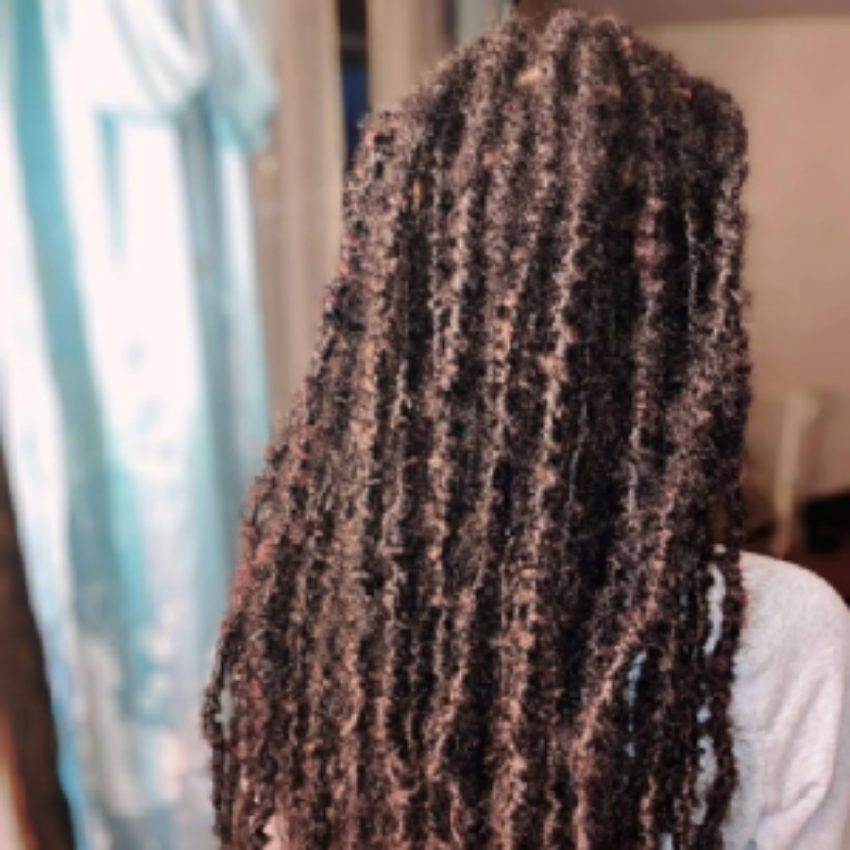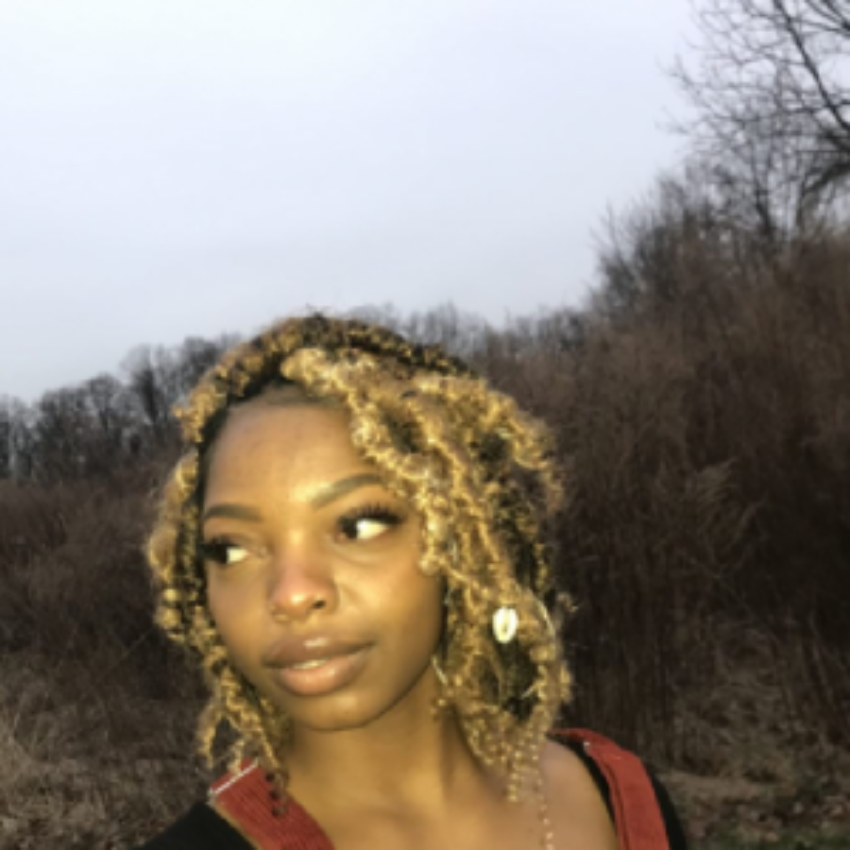
How To Wash and Maintain Faux Locs: Beginner’s Guide
Faux Locs have been trending since 2015. They became popular when installed on Meagan Good. Since then, hairstylists from all over have come up with different ways of doing Faux Locs. Then 2020 came in and introduced the new soft (Faux) Locs that everyone is raving about! A strategic care routine goes a long way […]


